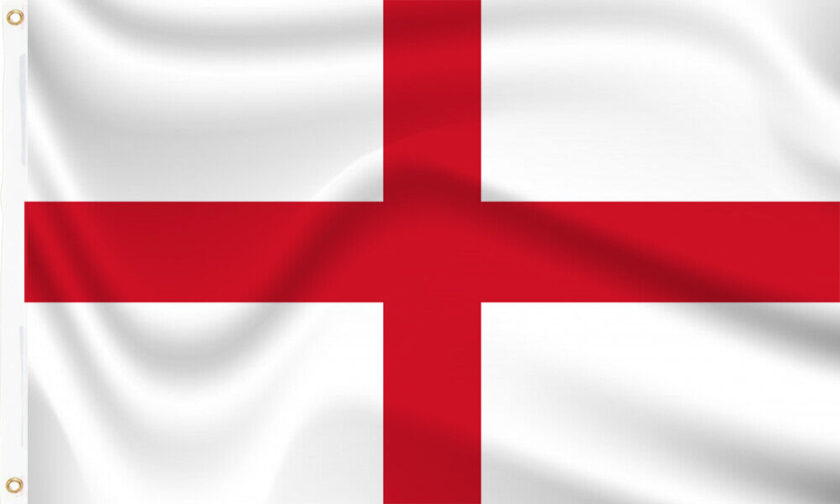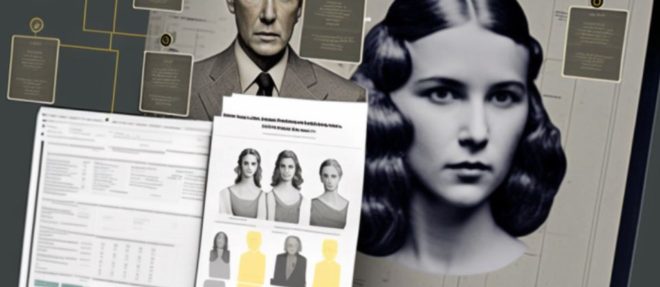As a recent subscriber to Ancestry.com the first thing everyone does is they create a family tree. After you’ve added your basic living and deceased family members and started your frame, you are now a slave to what Ancestry calls the “green leaf hint icon.” What starts with a few records can quickly become 1,000s of descendants if you choose to accept the Ancestry mining. You’re hooked!
Ancestry knows data. Their goal is to help users discover their family stories and gain insight into their genetic lineage. To do this, they manage more than 100 million family trees, 13 billion ancestral profiles, and 300 million user generated photos, scanned documents and written stories. Ancestry is by far the world’s largest genealogy site with the largest consumer DNA database.
Ancestry loves selling the concept of being the biggest genealogy site in the world and that may be true. What seems to be a great tool quickly led the Mr. Local History Project to start looking under the covers for a tool that charges you $120+ per year to use. After using the tool for a few weeks we started to think of the flaws, most notably people blindly copying other peoples tree entries and propagating a false narrative across thousands of other family trees. Are we right or are we wrong?
Building your Ancestry Tree
So we spend the better part of two weeks creating a tree of over 3,000 family records to our tree. So you now have even more questions even though you no longer have and green leaf clues. The questions now started coming to me as I now had this massive flow chart of relatives:
- What is my nationality? Like what is my heritage and where am I REALLY from?
- Which people were the ones who immagrated to America from another country?
- How many of my relatives were born in what country?
- Do I have any relatives that came over on the Mayflower?
- Which relatives are veterans or were in the Revolutonary War
- Am I qualified to be aSons of the American Revolution or Daughters of the Revolution – which descendants qualify?
I still don’t have any real answers to these questions.
Ancestry does use a lookup algorithm (basic Artificial Intelligence) to mine a number of databases such as state marriage indexes, church records, census data as well as other people’s family trees with similar relatives. But Ancestry doesn’t seem to provide any real analytics to tell me what my tree should be telling me. You have a nice chart, but what are you really supposed to do with it? For the last two weeks it’s been a struggle to actually do anything with the tree. First I went through and added flags to the person. If they were born and died in England, they got an English flag. If the were born in England and died in America, they were still American. If they were born in America and they died in America, they were American.






The next challenge was when I found a number of relatives in and around Plymouth, Massachusetts around 1610 searching for those possible Mayflower descendants. While I did find one in one tree, I’ve been struggling for weeks trying to locate one in another. That’s were the frustration started kicking in and started looking for tools within Ancestry that could analyze my data. To my suprise, there are not any tools outside that green hint leaf to help me analyze my family tree. Still no connections but I know there has to be someone.
Ancestry Tools
The first tool that would be useful is a Excel download capability, but that isn’t available. Sure there’s an ability to download in some weird format but who wants to export from one platform only to import it to another “Ancestry-like” tool that just creates another tree? I don’t. I’ve already spent years supplying “Find A Grave” with family headstones only to learn that Ancestry just grabs that info and shares it back to me with a leaf hint. I love pivot tables and charts. I wanted to know how many surnames are in my family, what country are they from, and how many children. Available in Ancestry – Nope, not there either.
- If prompted, sign in to your Ancestry® account.
- At the bottom of the “Account data” section, click Request account data.
- When your data becomes available, you’ll receive an email, and a download link will appear on the page. Most of your data will be available to download within a few hours, but some files may take up to 30 days to generate. When a file is available for download, you’ll receive an email at the email address associated with your Ancestry account.
Wouldn’t it be great to be able to search by “Plymouth” and then it brings me up my tree descendants from that area so I can check against a Mayflower passenger list? Nope, doesn’t do that either.
Send Me Your DNA – No Thank You
DNA submissions are also now possible with Ancestry but who wants to share their DNA? I certainly don’t so not leveraging that feature. There’s also a “Curiosity Center,” but after taking a look at that, I really am not interested in getting into a circle of other people that have more questions than I do. I want Ancestry to tell me things since I’ve put hundreds of hours chasing green leaf hints that just finds me more clues.
Ancestry also rolled out apps for the Apple and Google platforms and I have to tell you, no one wants to grow your tree from a tiny screen. So I don’t know what they were thinking there. If you like it, please tell me why?
After spending weeks loading up my family tree, I was ready for Ancestry to tell me something. The only thing it gave me was more leaves, dozens, then hundreds of leaves. So I clear them. NOW WHAT? Where’s the analytics Ancestry?
Brooks Betz, historian and new genealogist
So now it became less about building a family tree and more about trying to find ways to make Ancestry work for me using analytics. Being a professional technologist I know there are features that should be here, but they’re not there. Very little Ancestry.com analytics. When you’re paying for software, one thing you’d like to see is features.
Gen AI Should Take Ancestry to the Next Level
Machine learning algorithms are another way AI is transforming genealogy. These algorithms involve teaching computers to learn from data, without being explicitly programmed. In genealogy research, machine learning algorithms can be trained on large datasets of family history information and then used to make predictions about missing data or relationships between family members. So WHERE IS IT??????????
New software tools have also been developed for genealogy research. These tools use machine learning and other AI techniques to automate the process of searching and analysing genealogy records.
For example, some tools use NLP to extract relevant information from historical documents, while others use machine learning algorithms to predict relationships between family members based on genetic data.

With today’s chatbots and Generative AI capabilities it should be fairly simple to partner with tech companies like Google and Microsoft to leverage AI technology that you can ask questions about your family tree. In fact, we EXPECT Ancestry to actually put in your name and Ancestry will build you a starting family tree with very little effort. SEND IN THE ROBOTS!
Have a Ancestry Experience?
The Mr. Local History Project would love to hear thoughts from experienced users on how you leverage your Ancestry tree data? Are there other family tree software alternatives that you find more useful than Ancestry?
Share your comments below.
Additional Information
Ask Chat GPT – Who were the founding families of (name a town), or what are the origins of the XXXXX family name?

I’ve been a hard core user since 2005 and my career is in data analytics. I lead developers that build dashboards with key KPIs for the business. You perfectly articulated my biggest frustration point. I can’t tease out any insights. I’d love to see simple things like, # of people per state, country, birthdate, cause of death, those never married. Those even just missing certain vitals.
I have dozens of custom tags I’ve made too I’d love to use for analysis (ie: I track those that fought in wars all the way back to the revolution)
I have over 50k people between my maternal and paternal tree. So much to analyze and there are no tools and likely never will be.
I could ramble on, this is my most favorite topic 😍
I’ve been using Ancestry.com for over twenty years. It’s not as easy as just connecting to family trees. Often the people who made those trees did so just by clicking on other people’s trees and so they often end up posting incorrect information, i.e. people with birthdates that appear to be after they died, people of several generations with the same first and last names added in the wrong order, etc. Besides looking at family trees, you have to carefully scrutinize historical sources. It’s become easier to do this as the years progressed, but even now I run into road blocks. Once you find the (hopefully) correct information, it may lead you to a third or fourth degree relative who may have information to trade, or if they’re old enough, memories of some great grandparent or other farther removed family member. My favorite discovery was of a drawing of my third great-grandmother which was actually attached to the incorrect family with a similarly spelled last name.